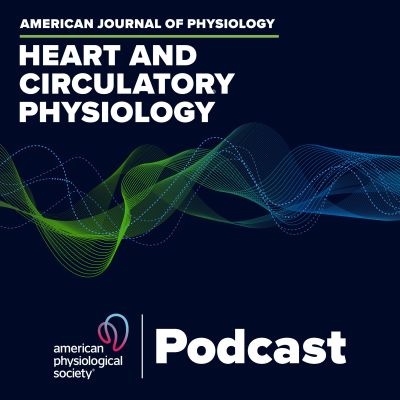Insightful author interviews about innovative research published in AJP-Heart and Circulatory Physiology
https://ajpheart.podbean.com
EET Intervention on Wnt1, NOV and HO-1 Signaling Prevents Obesity-Induced Cardiomyopathy
Do the well-established beneficial effects of EETs (epoxyeicosatrienoic acids) in the vasculature also extend to the myocardium? That's just what we explore in this new podcast about the work by Cao et al, which is highlighted in our Call for Papers on Heart Failure - Novel Therapeutic Pathways Emerging from Basic Science. Listen as Consulting Editor David D. Gutterman (Medical College of Wisconsin) interviews lead author Nader G. Abraham (New York Medical College) and content expert Kevin Dellsperger (Augusta University Health System) about the translational work by Abraham and colleagues. As a downregulator of NOV, EETs act as anti-inflammatory molecules attenuating cardiac damage. Abraham and co-authors found that EETs increase Wnt, resulting in the reprogramming of epicardial fat toward a brown fat phenotype, thereby increasing left ventricle function and contractility. What novel and "potentially drug-able" pathway is responsible for attenuating obesity-induced cardiomyopathy? Listen now.
Jian Cao, Shailendra P. Singh, John McClung, Gregory Joseph, Luca Vanella, Ignazio Barbagallo, Houli Jiang, John R. Falck, Michael Arad, Joseph I. Shapiro, Nader G. Abraham EET Intervention on Wnt1, NOV and HO-1 Signaling Prevents Obesity-Induced Cardiomyopathy in Obese Mice Am J Physiol Heart Circ Physiol, published June 2, 2017. DOI: 10.1152/ajpheart.00093.2017
